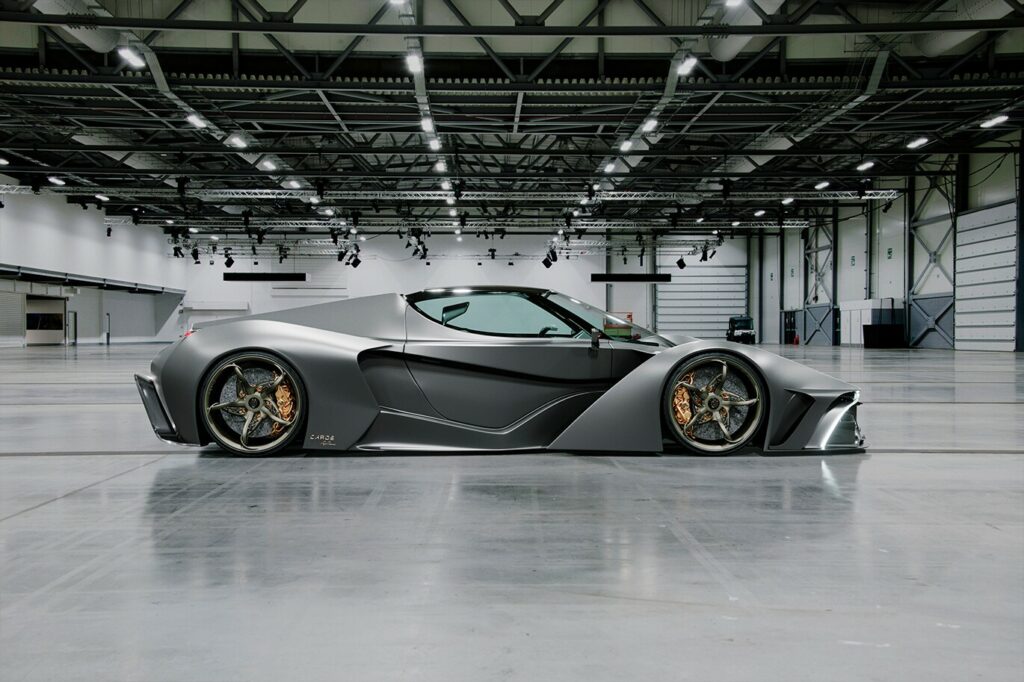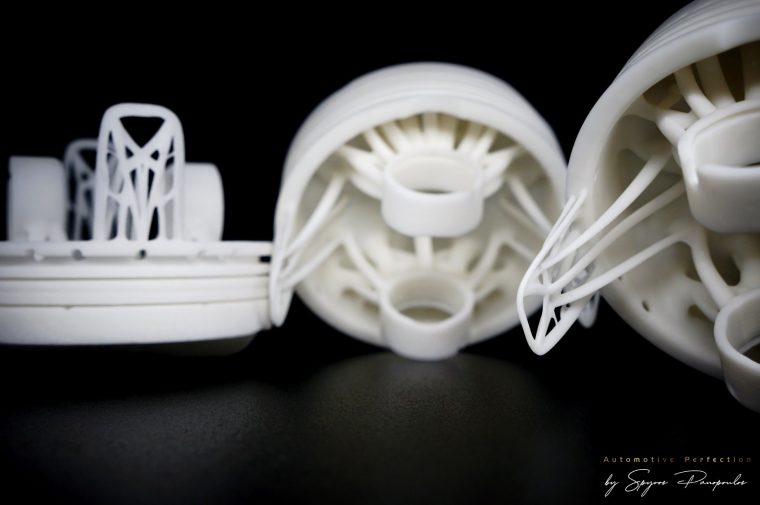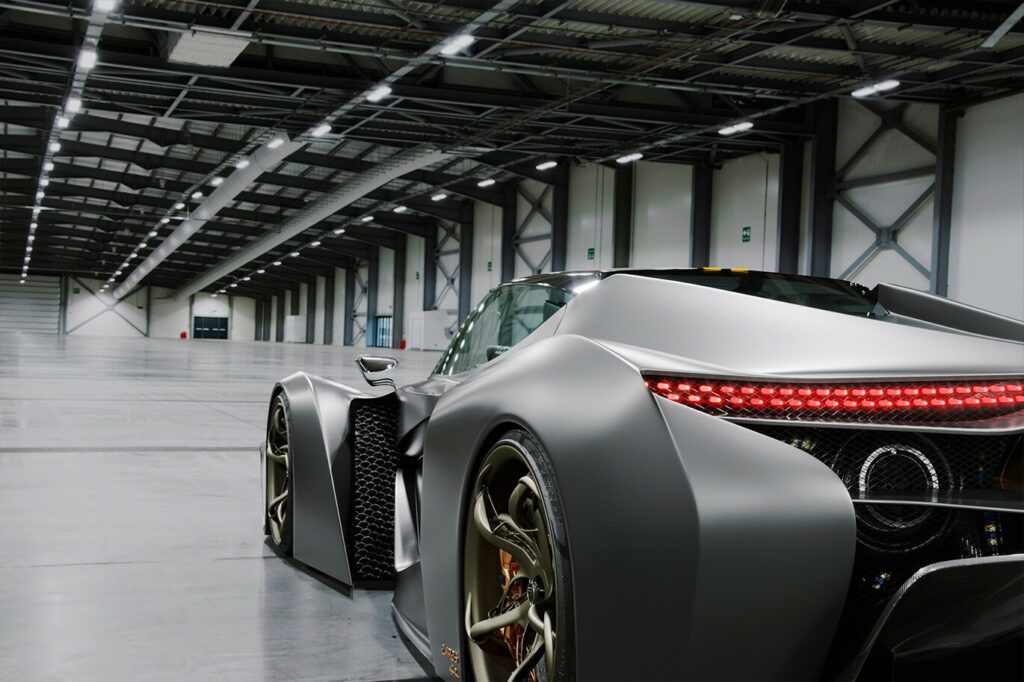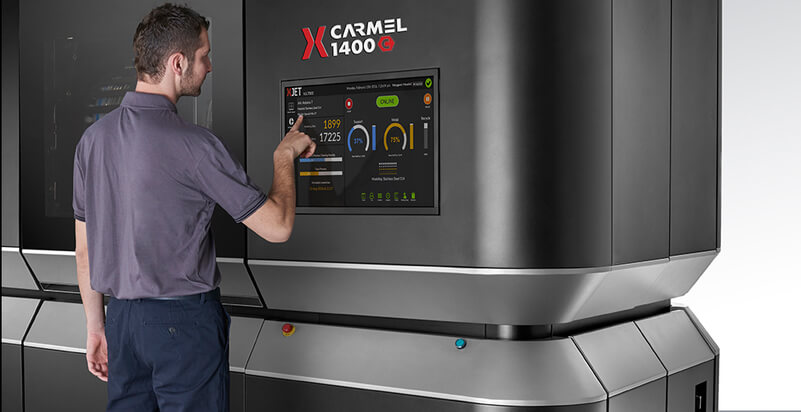Introduction, maybe every bear friend has an ideal in his heart
car
what is it like?
There is no doubt that the cars of the future will first be faster and safer.along with3D printingWith the development of technology, more and more car companies have begun to pay attention to the development of this technology.Right now, an innovative3D printingCars coming soon.
On May 7, 2022, Spyros Panopoulos Automotive (SPA) adopted
XJet
of
ceramics
3D printing technologymanufactured the world’s first ceramic engine piston for the Chaos Ultracar production sports car.

Spyros Panopoulos, the founder of SPA and an expert on internal combustion vehicle engines, aims to get the Chaos from 0 to 100 km/h in 1.55 seconds, and over 500 km/h.
Chaos Ultracar is a production sports car currently being developed by SPA. It has a pre-sale price of about 14 million US dollars and can reach a terrifying 3065 horsepower. Panopolous is a staunch advocate of additive manufacturing, and it uses the technology throughout its car manufacturing, with approximately 78% of the body3D printing technologywhile key components such as engine blocks, camshafts and intake valves also rely on 3D printing technology.

3DPrinting Ceramic Pistons
In order to achieve the highest performance, SPA must develop stronger and high-temperature-resistant automotive components, while at the same time meeting the requirements of lightweight design. To this end, by using the unique “Anadiaplasi” 3D printing technology, the ceramic material is integrated with multiple functions, which is lighter than rigid, and maximizes the ability of 3D printing to design geometric shapes.
In addition, SPA worked with XJet’s business partner Lino 3D to manufacture the pistons of the Chaos engine using XJet’s alumina material 3D printing technology, which is used for its strength, hardness and resistance to thermal expansion.
Chaos Ultracar is a marvel in itself, the car will have unparalleled performance. “Compared to other materials, composite ceramic materials have many advantages,” said SPA founder Spyros Panopoulos.

Beyond traditional technical means
He also added: “Hardier and stronger than steel, more resistant to high temperatures and corrosion than metals or polymers, and much lighter than most metals and alloys. XJet’s alumina components can withstand the combustion chamber as well as rapid movement The heat and friction that comes with it. XJetz’s 3D printing technology is able to produce ceramic parts in a unique way, and each part is custom made.”
“SPA is bringing 3D printed ceramic additive manufacturing and advanced design thinking to the world with their sports car project,” added Haim Levi, VP of Strategic Marketing at XJet. “Through these advanced technologies and top-of-the-line features, We are very proud to be part of such a pioneering project. Designers and engineers from all walks of life can unlock their potential. We hope that the Chaos project ceramic piston will inspire their creativity and imagination and advance the automotive industry and other industries.”

Recently, XJet will be participating in RAPID+ in Detroit
TCT
event, and Chaos’ 3D-printed piston has been shortlisted for this June’s TCT’s Transportation Application Awards.
(responsible editor: admin)


0 Comments for “XJet uses ceramic 3D printing technology to produce sports car engine pistons that break 100 in 1.55 seconds”